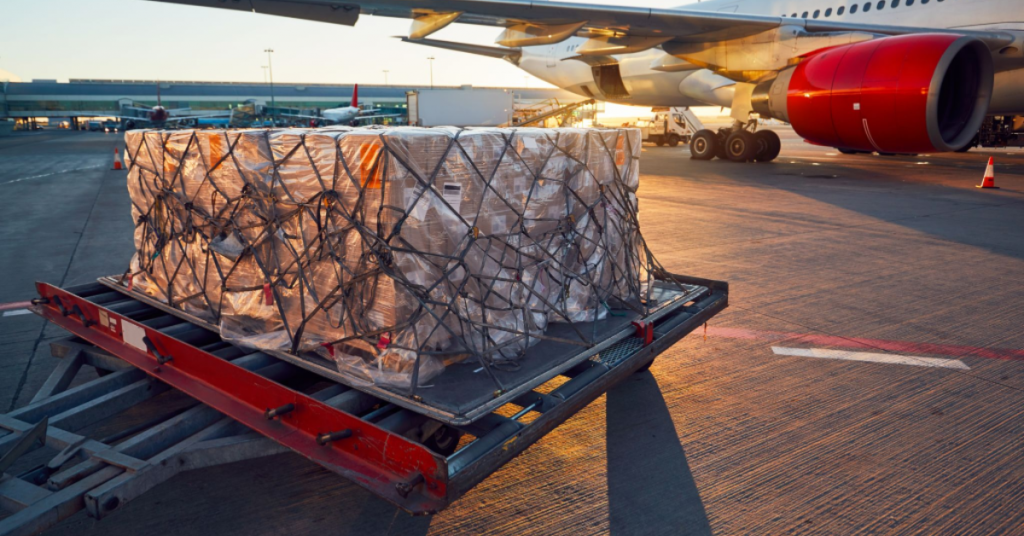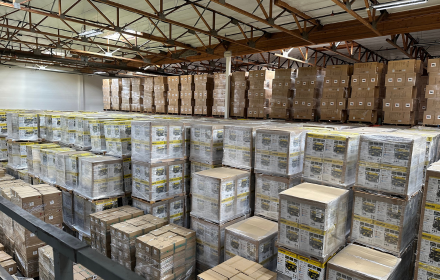Consolidated Shipping 101: Optimizing Costs for Small Businesses

Imagine you run a small furniture retail business in the United States, and you’ve decided to import exquisite furniture from China to diversify your product offerings.
However, your individual orders from different manufacturers in China are too small to fill a shipping container, making traditional shipping costly and inefficient.
That’s where consolidated shipping comes to your rescue.
By combining your smaller orders with shipments from other businesses importing from China, you can optimize costs and streamline the import process.
In this article, we will explore the concept of consolidated shipping, its types, advantages, and how DIDADI can assist businesses like yours in achieving seamless import operations from China.
Consolidated shipping, often referred to as groupage shipping or LCL (Less than Container Load) shipping, is a logistics method that combines multiple small shipments from different shippers into a single container.
Instead of filling an entire container with goods from a single shipper, the container is filled with goods from several shippers who are shipping smaller loads. This method is particularly useful when individual shipments are not large enough to occupy a whole container.
Consolidated shipping serves as an intermediary between full container loads (FCL) and individual parcel shipments. In FCL shipping, a shipper utilizes the entire container for their goods, which is cost-effective for large shipments but may not be practical for small to medium-sized businesses with limited cargo volumes.
On the other hand, individual parcel shipments can be costly and inefficient due to higher transportation expenses.

The process of consolidation involves several steps to ensure efficient transportation of goods:
Collection of Goods
Grouping Shipments
The consolidator groups shipments destined for the same or nearby locations into a single container. This ensures that shipments are delivered to the same region, reducing transit times and costs.
Loading and Securing
Transport and Delivery
Ocean Consolidation
This type involves grouping smaller shipments into a single container and shipping them via sea freight. Ocean consolidated shipping is cost-effective, especially for international trade.
Ocean consolidated shipping offers several benefits, including access to a vast network of shipping routes, flexibility in container sizes, and competitive freight rates. It is particularly advantageous for businesses that do not have a continuous stream of large shipments or cannot afford the expenses associated with FCL shipping.
Air Consolidation

Air consolidation works similarly to ocean consolidation but uses air freight as the mode of transportation. It is ideal for time-sensitive shipments that need to reach their destinations quickly.
Air consolidated shipping offers speed and reliability, making it suitable for perishable goods, urgent orders, or high-value items. Although airfreight costs are generally higher than sea freight, air consolidation helps minimize expenses by sharing space with other shipments.
Cost Savings
By sharing container space with other shippers, businesses can significantly reduce shipping costs compared to booking an entire container.
The cost-effectiveness of consolidated shipping lies in its ability to distribute shipping expenses among multiple shippers. This cooperative approach to container utilization results in lower freight rates, making it an attractive option for businesses seeking to minimize logistics costs.
Flexibility
With frequent departures and various destination options, consolidated shipping offers flexibility in managing shipments.
Its schedules are typically more frequent than FCL shipments, allowing businesses to ship goods according to their preferred timelines. This flexibility accommodates various shipping needs and ensures timely delivery to customers.
Reduced Risk
Smaller shipments face a lower risk of damage or loss during transit due to better packing and handling.
By consolidating multiple shipments into a single container, the risk of damage is reduced since goods are packed and secured more efficiently. Freight forwarders and consolidators take extra precautions to safeguard cargo, ensuring a higher level of protection during transportation.
Faster Transit Times
Ocean or air consolidations often involve direct routes, leading to faster delivery times compared to full container loads that may involve multiple transshipments.
Faster transit times contribute to increased customer satisfaction, especially for time-sensitive shipments. With more direct routes and fewer stops, businesses can better manage their supply chains and respond to market demands more efficiently.
Environmental Benefits
By maximizing container space and reducing the number of partially-filled containers, consolidated shipping contributes to reducing carbon emissions and environmental impact.
As global concern over environmental sustainability grows, businesses are seeking ways to reduce their carbon footprint. Consolidated shipping aligns with these goals, as it reduces the overall energy consumption and emissions associated with shipping.
Experience the power of consolidated shipping with DIDADI!
By utilizing freight shipping platforms like DIDADI, businesses can discover the most cost-effective and efficient method for sending your consolidated shipments. With custom solutions tailored to your specific business needs, DIDADI makes it effortless to get started.
Joining DIDADI is a breeze! Just request a quote through the self-service platform, and we’ll connect you with a partner that perfectly matches your consolidated freight requirements.
Recommended Reading















